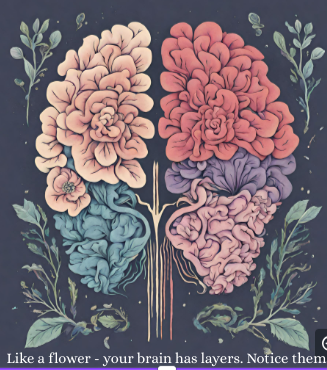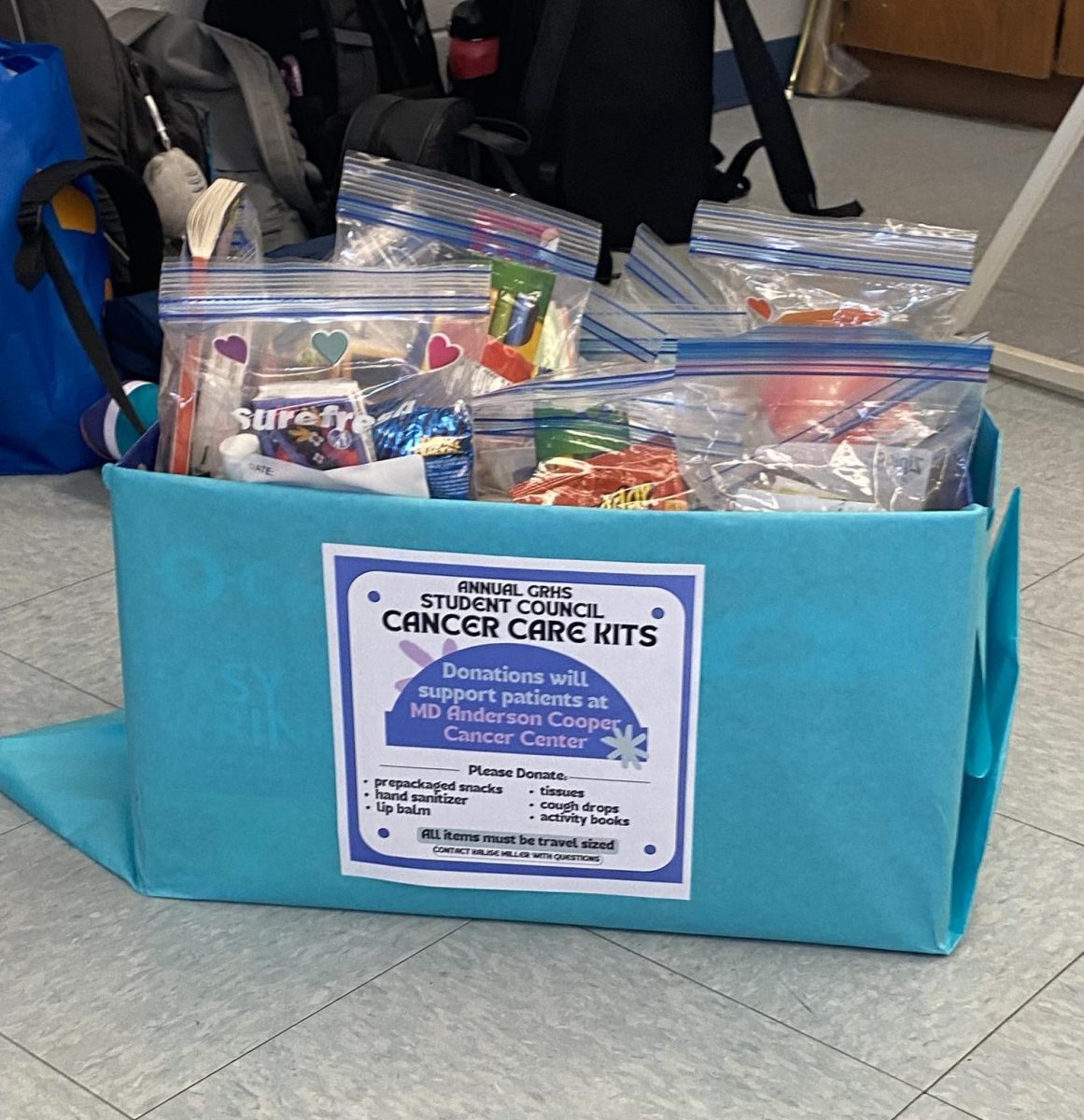
Adolescents are struggling with mental health more than ever, and sadly it looks as if the rates are going to continue to rise rapidly.
According to Nature’s article on this topic, “At least 13% of people between the ages 10-19 live with a diagnosed mental disorder.” Along with that, “Anxiety and depression constitute more than 40% of mental-health disorders among young people (those aged 10–19)”.
That means in a room full of teens, most of them will probably be struggling with either heavy anxiety or depression, many of them without showcasing any signs.
Worldwide it has been shown that suicide is the 4th leading cause of death in adolescents. Many people pay no mind to this issue – although there should be much more awareness on this topic.
This issue may seem like it only affects teens, but as they grow and develop into adults, the issues will follow. Mental health isn’t always just dependent on your mindset. Some adolescents may be more prone to developing mental health issues depending on their living conditions, discrimination, and/or lack of support. It may also develop if it’s hereditary, if you’re on the spectrum, or if you are surrounded by people who are also struggling.
Sadly, there isn’t always a way to help prevent it. Something we can help prevent is adolescent suicides, a good way to help prevent this is to learn the leading factors and causes of mental health issues. Alcohol misuse, childhood abuse, stigma against help-seeking and the media are all examples of some causes.
If you suspect your child, friend, sibling or partner is experiencing thoughts of suicide not only is checking in on them good, you could also see what the media is feeding them, if they are abusing any substances, if there is any abuse going on behind the scenes and by just simply reminding them that you care.
We cannot solve the issue of struggling mentally, but we can surely help. Different ways adolescents can attempt to improve their mental health include a well-rounded sleep schedule, routinely exercising, learning interpersonal skills, efficiently solving problems (ex: a low grade, a school problem, or a community problem), and learning how to manage emotions. Starting off with managing emotions, it’s good to be aware of what emotions you have. There is more than just the simple “happy, mad, sad” combo. There’s anxiousness, disgust, sadness, anger, joy, excitement, and many more.
Learning the definition of each emotion is a good way to keep track of what you may be feeling. Ways to keep track of how you’re feeling would consist of knowing what each emotion means, writing down your thoughts then revisiting those thoughts once you’ve calmed down, and just taking deep breaths and thinking to yourself. Helping others with mental health issues can be difficult, but it is not impossible.
First off, try to create a positive social and social media environment. Help with academics, many students can quickly get overwhelmed or discouraged during the school year, so attempt to help out as much as possible. Though some may be against it, try to offer to get them someone professional to speak to too. Sometimes, just having someone who is knowledgeable about what you’re feeling can help immensely.
Adolescents need help, the rates are going up rapidly but the awareness isn’t. Spread awareness about the struggling youth, and if you are a youth, always remember you are not alone. Even if it feels as if there’s no one, there will always be someone there to help you navigate your thoughts. Look on the bright side of things, one day everything will feel normal again.
Resources to help those who are struggling






















































